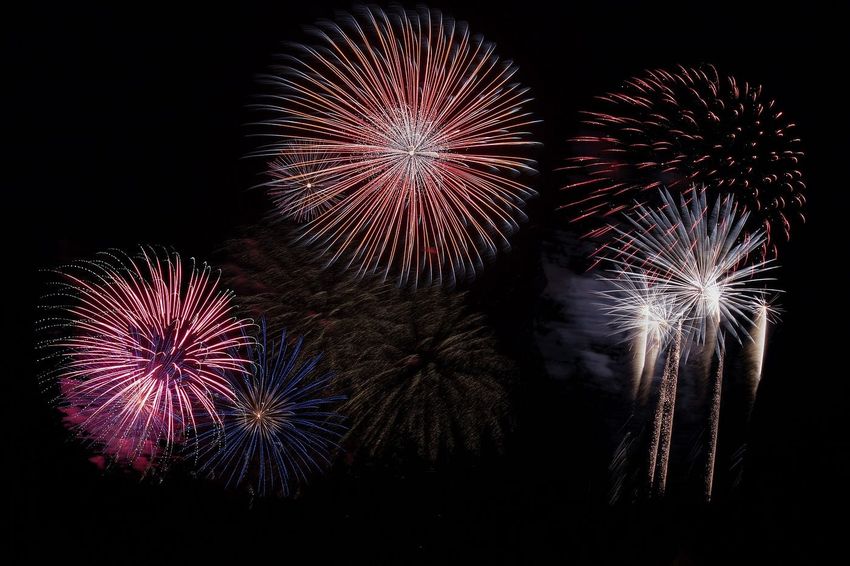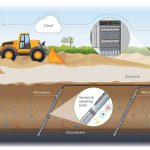Fireworks light up the sky with vibrant colors and loud explosions, but behind the spectacle lies a fascinating mix of chemistry, physics, and engineering. Ever wondered how fireworks produce different colors, shapes, and sounds? Let’s explore the science behind these dazzling displays! 🎇🧪
1. How Do Fireworks Work? The Anatomy of a Firework 🚀🎆
A typical firework consists of four main parts:
✅ Shell (Casing) 🎇 – Protects the firework’s components
✅ Black Powder Charge 💥 – Fuels the explosion
✅ Stars (Pellets of Metal Salts) 🌟 – Create colors and patterns
✅ Fuse & Ignition System 🔥 – Delays explosion for timing control
When ignited, the firework launches into the sky, explodes, and produces stunning visuals. But what creates the colors and sounds? 🤔
2. The Chemistry of Colors: How Fireworks Glow 🎨🧪
Different metal salts inside the firework burn at specific wavelengths, creating vibrant colors.
| Color | Metal Compound Used |
|---|---|
| 🔴 Red | Strontium (Sr) or Lithium (Li) |
| 🔵 Blue | Copper (Cu) |
| 🟢 Green | Barium (Ba) |
| 🟡 Yellow | Sodium (Na) |
| 🟠 Orange | Calcium (Ca) |
| 💜 Purple | A mix of Copper (Blue) + Strontium (Red) |
| ⚪ White & Silver | Aluminum (Al), Magnesium (Mg) |
💡 Fun Fact: Blue is the hardest color to produce because copper burns at a very narrow temperature range! 🔵🔥
3. What Causes the Explosions? The Physics of Fireworks 💥🔬
Fireworks explode due to a rapid combustion reaction of black powder (gunpowder), which consists of:
🔸 Potassium Nitrate (KNO₃) – Provides oxygen
🔸 Charcoal (Carbon, C) – Fuel source
🔸 Sulfur (S) – Lowers ignition temperature
When ignited, the firework expands rapidly, creating heat, gas, and shock waves—which we experience as booms and crackles! 🎇🔊
4. How Fireworks Create Different Shapes & Effects 🎆✨
The arrangement of “stars” (chemical pellets) inside the firework shell determines the explosion’s shape:
✅ Spherical Bursts 🎇 – Stars evenly distributed inside the shell
✅ Rings & Smiley Faces 😊 – Stars pre-arranged in patterns
✅ Willow or Spider Effects 🕷️ – Delayed-burning stars create long, trailing sparks
✅ Crackling & Whistling Sounds 🔊 – Produced by metals like titanium or salicylates
💡 Fun Fact: Some fireworks use multiple fuses to create layered effects, causing bursts at different times! ⏳🎆
5. Are Fireworks Safe? Environmental & Safety Concerns ⚠️🌍
Despite their beauty, fireworks pose safety and environmental challenges:
❌ Fire Hazard 🔥 – Can ignite buildings or dry vegetation
❌ Air Pollution 🌫️ – Releases heavy metals and smoke into the atmosphere
❌ Hearing Damage 🚨 – Loud blasts can reach up to 150 decibels (as loud as a jet engine!)
❌ Harm to Wildlife 🐦 – Scares birds and disrupts animals
🔹 Eco-Friendly Alternatives?
✅ Drone Light Shows – Use LED drones to create stunning aerial displays ✨🚀
✅ Biodegradable Fireworks – Reduce toxic emissions 🌱🎆
6. Conclusion: The Art & Science of Fireworks 🎇🔬
Fireworks combine chemistry, physics, and engineering to create spectacular shows. While they bring joy and celebration, efforts are being made to develop safer, eco-friendly alternatives.
Next time you watch a fireworks display, remember—you’re witnessing a brilliant fusion of science and art! 🎆🚀
Would you rather see a firework show or a drone light display? 🤔✨


